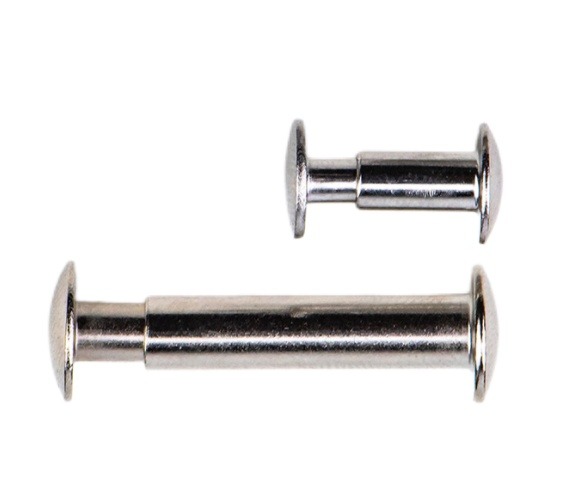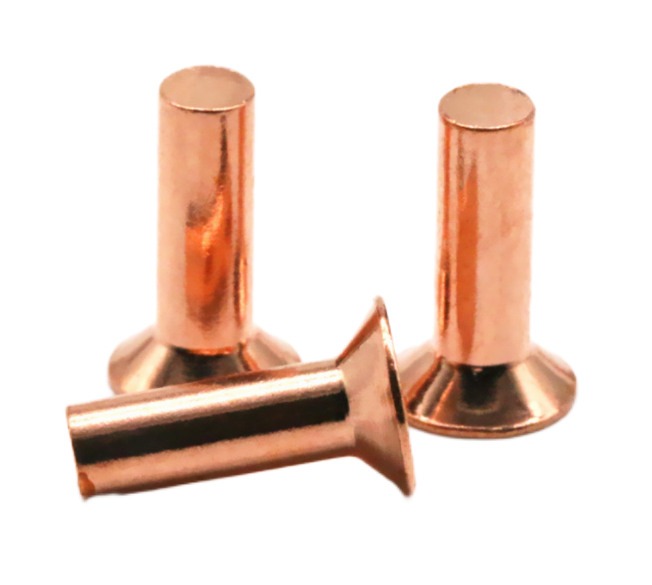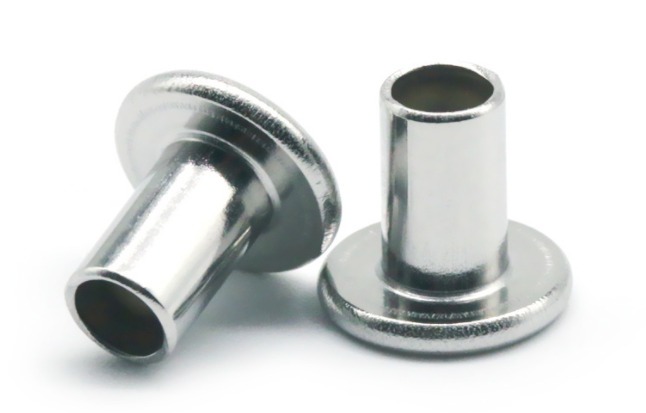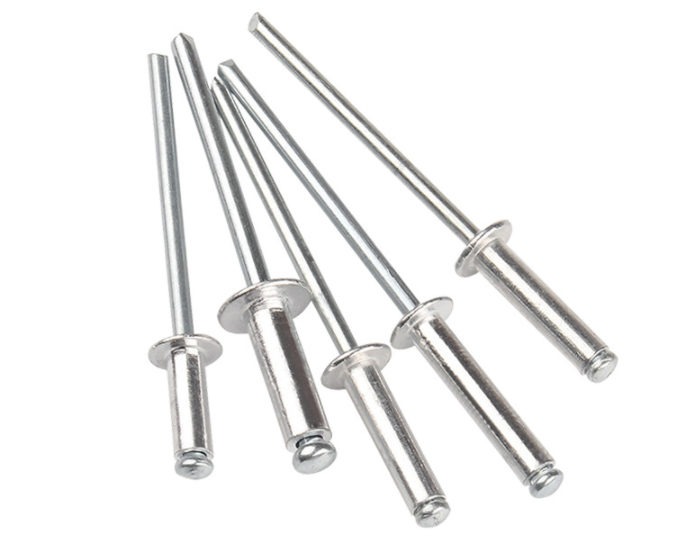Blind Rivets – Introduction, Advantages, Applications, Inspection
Blind rivets are a kind of rivets for single-sided riveting, but they must be riveted with a special riveting gun which including types of manual, electric, pneumatic, automatic. They are especially suitable for riveting occasions where it is inconvenient to use ordinary rivets that riveting must be done from both sides, so they are widely used in the equipment of construction, automobiles, ships, aircraft, electrical appliances, metal, etc.
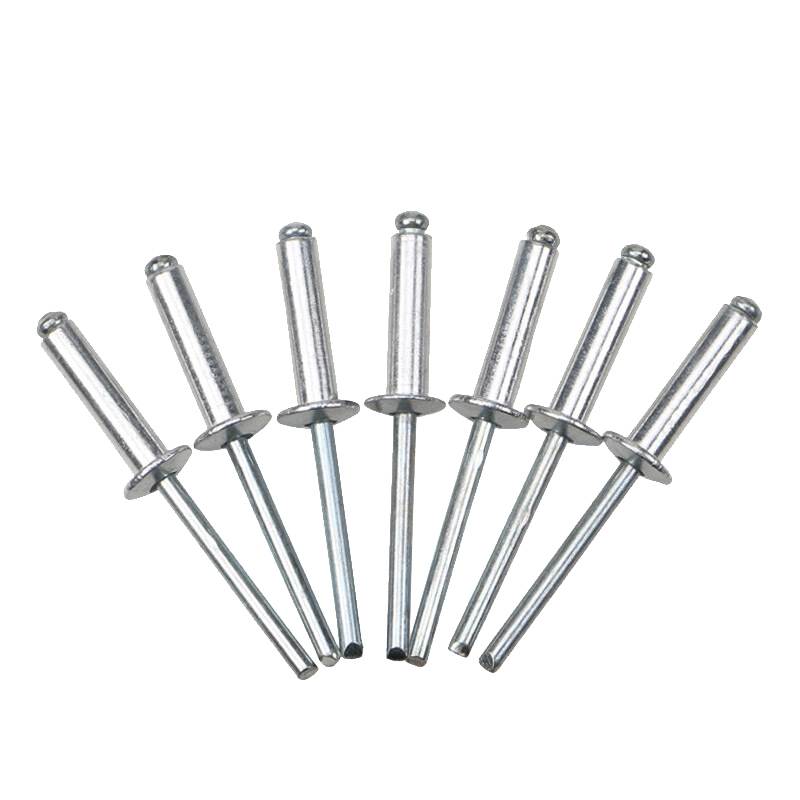
Categories Of Blind Rivets
1. Ordinary open end blind rivets
Blind rivets with open type countersunk head or flat head
2. Closed end blind rivets
They are also called waterproof rivets and have closed countersunk head
The main materials are aluminum, iron, stainless steel, copper.
3. Structural rivets
The biggest difference between structural rivets and ordinary rivets is that apart from their high strength, one of the most typical features is that the mandrel is locked in the riveting body after riveting. Many people may think that ordinary rivets are not loose after riveting. The mandrel is also retained in the rivet body, but in fact it is loose. The structural rivet pays attention to a mandrel retention load. They re mainly applied in the industries of automobiles, railways, aviation.
The types include, such as open type pull rivets, single grip rivets and double grip rivets, hem-fix rivets, etc.
Advantages of Blind Rivets
Blind rivets have the advantages of a wide range of riveting, quick installation, stable and reliable performance. They are used in processing and manufacturing industries all over the world.
Advantages
Single side construction
Wide range of riveting
Quick installation
Large clamping force, good shock resistance
The fracture of the rivet is smooth and the lock cylinder is strong
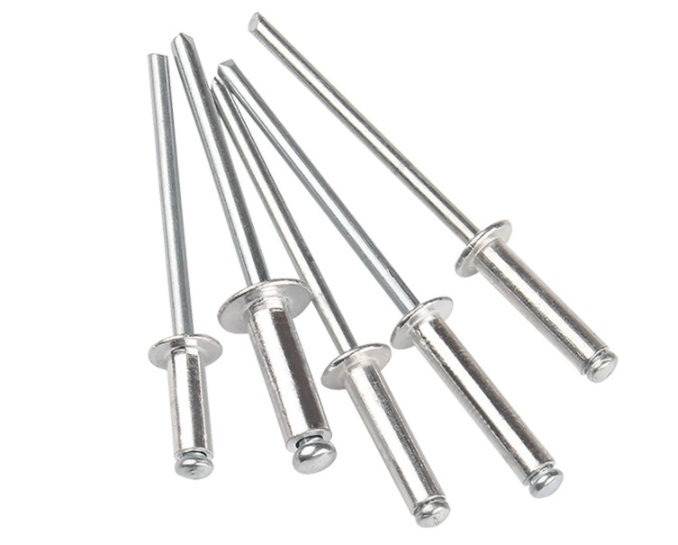
Applications of Blind Rivets
1. Round head rivets are mainly used for riveting occasions with large lateral loads and are the most widely used.
2. Cone head rivets are corrosion-resistant due to their large nail heads, and are often used in highly corrosive riveting occasions such as ship hulls and boiler water tanks.
3. Countersunk head rivets and Semi-sunk head rivets are mainly used for riveting occasions where the surface must be smooth and the load is small.
4. Flat head rivets are used for riveting occasions with general loads.
6. Flat round head rivets are mainly used for riveting occasions of non-metallic materials such as leather, canvas, and wood, or metal sheets.
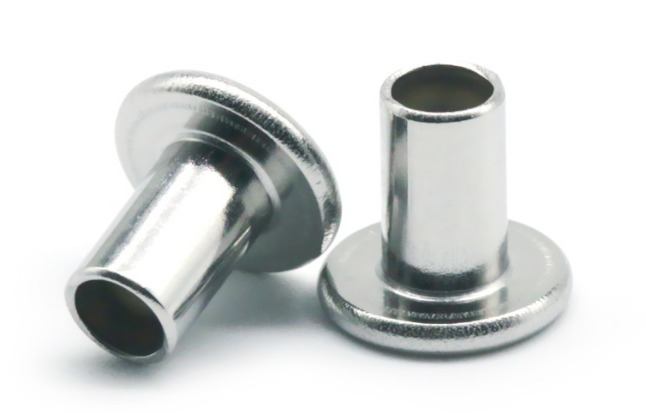
7. Large flat head rivets are mainly used for riveting occasions of non-metallic materials.
8. Semi-tubular rivets are mainly used for riveting occasions with small loads.
9. Headless rivets are mainly used for riveting occasions of non-metallic materials.
10. Hollow rivets are light in weight and weak in nail head, used for riveting occasions of non-metallic materials with small loads.
11. Tubular rivets are used for riveting occasions of non-metallic materials that do not follow the load.
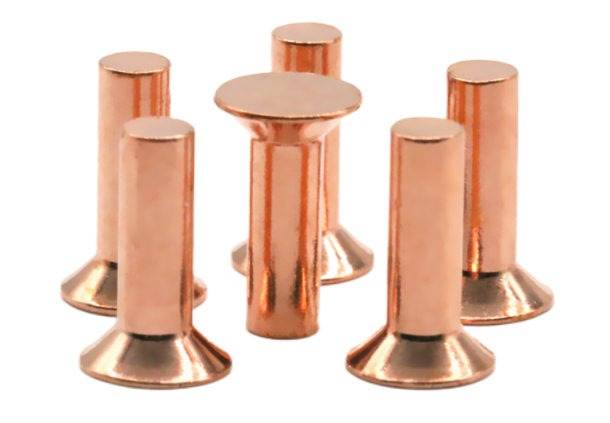
Inspection of Blind Rivets
When checking the finished blind rivets, the diameter of the rivet body, the length of the rivet body rod, the thickness of the rivet body cap, the diameter of the cap, the total length of the core, the exposed size of the core, the size of the cap, and the outer diameter after assembly, all need to be considered. In the actual inspection, the tensile strength and shearing resistance are also should to be paid attention to.
Summary
Blind rivets makes single-sided operation become a simple and easy process, improving the work efficiency.

